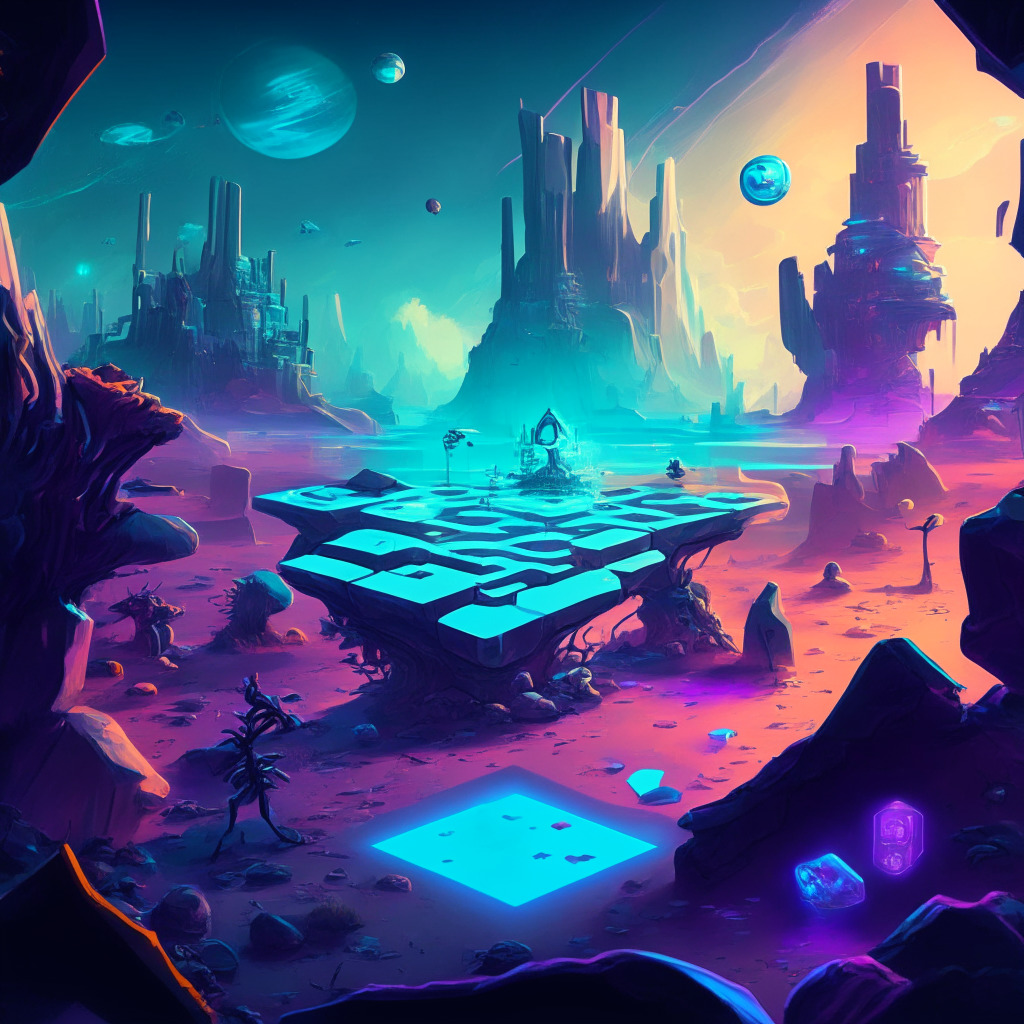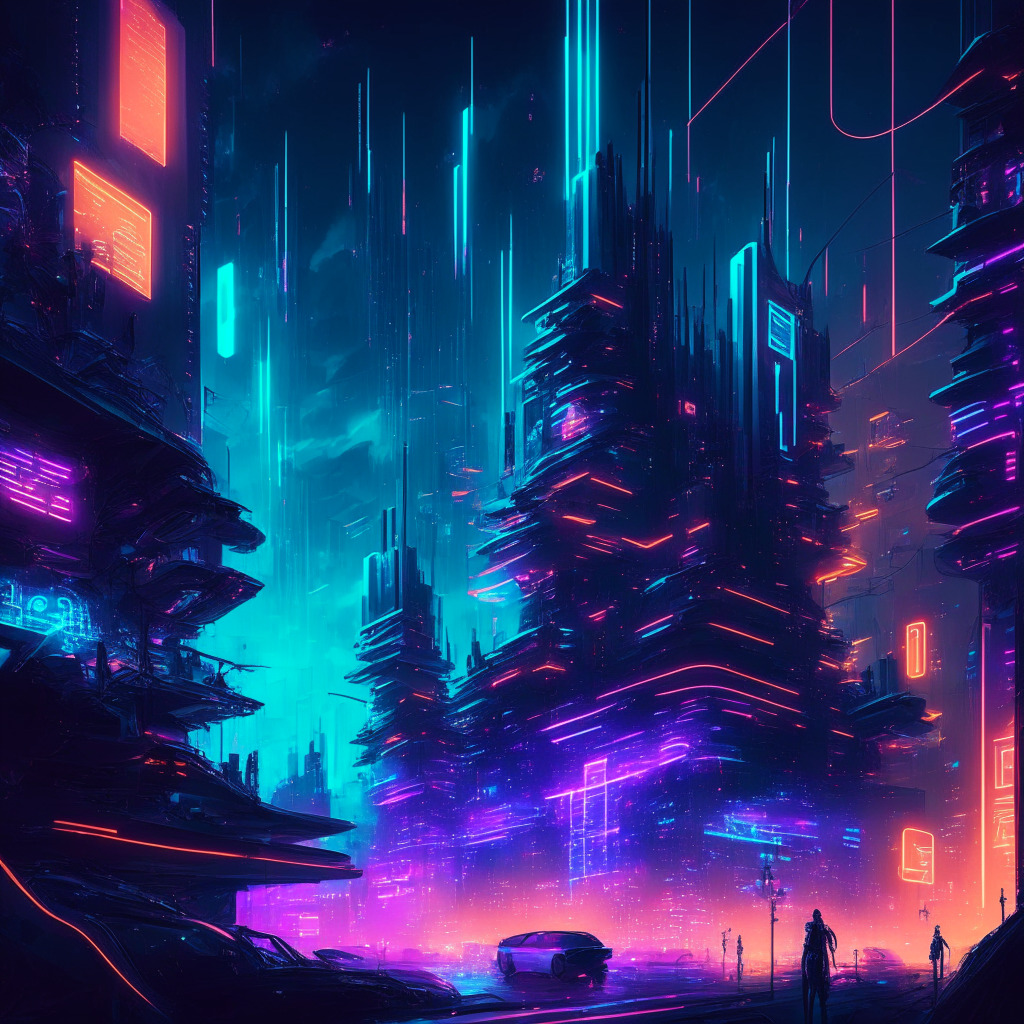The future of gaming is a widely discussed topic among the tech community, particularly with the rise of blockchain technology and the emergence of play-to-earn (P2E) gaming. Notable individuals, such as Alexis Ohanian, Reddit co-founder and General Partner of Web3-focused venture capital firm Seven Seven Six, have expressed their strong belief that P2E gaming is the way forward. Ohanian predicts that within the next five years, the majority of gamers will not engage with games unless they are being properly valued for their time.
Despite recent setbacks in the P2E industry, such as the decline of popular games like Axie Infinity, Ohanian remains firmly convinced that this model is the future of gaming. He argues that as crypto and NFT trading technologies continue to scale, P2E gaming will become the norm. To support his claims, Ohanian cites examples like the six-figure sale of a virtual nightclub in the early 2000s game Entropia Universe and more recent six-figure sales of Counter-Strike: Global Offensive skins.
“With recent advances in Web3, there are even more ways for players to be compensated for something they’ve already been doing for free for years,” Ohanian added.
However, not everyone shares Ohanian’s enthusiasm for the P2E model. Many crypto executives and game developers have voiced their skepticism, arguing that it is not sustainable in the long term. One such individual is Mark Otero, the founder and CEO of Azra Games, who believes that Web3 games should not rely solely on NFTs or in-game tokens to attract users. Instead, they need to be so good that people adopt them for the gameplay itself.
Otero suggests that the blockchain elements of a game should only reveal themselves once players are already engaged and in love with the game, thus enhancing the overall user experience and adding value.
The contrasting views on the future of P2E gaming open up an interesting discussion surrounding the gaming industry’s direction. While Ohanian’s vision of gamers being properly compensated for their time may be appealing to many, the concerns raised by skeptics like Otero should not be ignored.
Ultimately, the true potential of P2E gaming lies in striking the right balance between integrating Web3 technologies and
Source: Cryptonews




